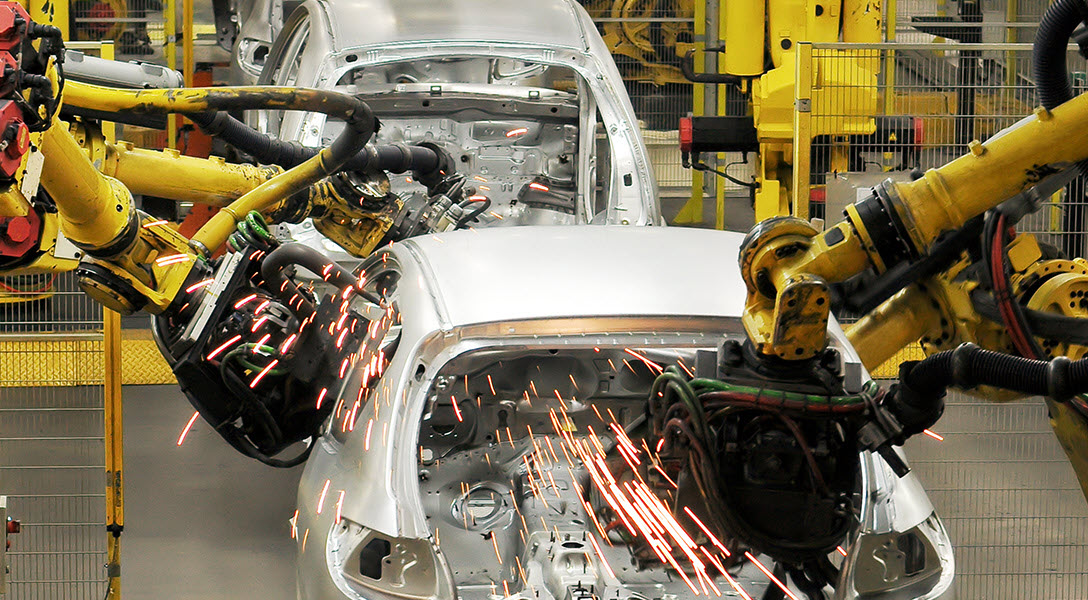Maquiladoras are foreign-owned factories that operate in Mexico, primarily near the US-Mexico border. The history of maquiladoras dates back to the mid-1960s when Mexico introduced the Border Industrialization Program (BIP) to attract foreign investment and create employment opportunities. The program allowed foreign companies to establish manufacturing facilities in Mexico and import raw materials duty-free, as long as the finished products were exported. This arrangement resulted in lower production costs for the companies and lower prices for consumers.Many multinational corporations have established maquiladoras in Mexico to take advantage of its skilled labor force and favorable trade agreements, allowing them to manufacture products at a lower cost and remain competitive in the global market.
The history of maquiladoras in Mexico is a fascinating one, filled with twists and turns that have shaped the country’s manufacturing industry into what it is today. Maquiladoras, also known as maquilas, are factories that import materials and equipment to produce goods that are then exported back to the country of origin. These factories first appeared in Mexico in the mid-1960s as part of the country’s efforts to attract foreign investment and create jobs.
Early Days of Maquiladoras
The idea of maquiladoras in Mexico can be traced back to the Border Industrialization Program (BIP), which was launched in the early 1960s to stimulate economic development in the northern states of Mexico. The program was a response to the United States’ desire to reduce its reliance on imports and promote economic growth in Mexico. The BIP offered companies tax incentives and other benefits to set up manufacturing plants in Mexico, with the understanding that the goods produced would be exported to the United States.
In the early days, maquiladoras focused mainly on assembly operations, with workers completing tasks such as soldering, wiring, and packaging. The factories were largely staffed by women, who were seen as more docile and trainable than male workers. The labor was cheap, and the work was repetitive, leading to concerns about worker exploitation and unsafe working conditions.
Growth of the Maquiladora Industry
Despite these concerns, the maquiladora industry in Mexico continued to grow throughout the 1970s and 1980s. The number of factories increased, and the types of products being produced expanded beyond assembly work to include electronics, automotive parts, and textiles. The industry was seen as a key driver of economic growth in Mexico, and the government continued to offer tax incentives and other benefits to attract foreign investment.
However, the maquiladora industry was not without its challenges. In the 1990s, the North American Free Trade Agreement (NAFTA) was signed, leading to a surge in foreign investment in Mexico. While this was positive for the country’s economy, it also led to increased competition among maquiladoras and concerns about worker rights and environmental impact.
Reform of the Maquiladora Industry
In response to these challenges, the Mexican government implemented a series of reforms in the late 1990s and early 2000s aimed at improving working conditions and environmental standards in the maquiladora industry. These reforms included stricter regulations on hazardous waste disposal, improved labor laws, and increased funding for worker training and education.
Today, the maquiladora industry remains an important part of Mexico’s economy, employing over 2 million people and accounting for around 17% of the country’s GDP. While the industry has faced its fair share of challenges, it has also been instrumental in creating jobs and driving economic growth in Mexico.
In Conclusion
In conclusion, the history of maquiladoras in Mexico is a complex one, filled with both triumphs and challenges. While the industry has faced concerns about worker exploitation and environmental impact, it has also been a key driver of economic growth in the country. Today, the maquiladora industry remains an important part of Mexico’s economy, and its history serves as a reminder of the importance of balancing economic growth with social and environmental responsibility.




